 It’s Lonely at the Centre of the Earth
It’s Lonely at the Centre of the Earth
Creator: Zoe Thorogood
Publisher: Image Comics
Publication Date: November 9, 2022
I once listened to an interview from a cartoonist who, for a second, allowed themselves to speak vulnerably about the comics industry. They said many superstar creators have a short life span, that the drudge of climbing your way up can take years, and the spotlight will only be on you for a comparatively short time. The issue, they felt, was that hyperbolic praise they receive at the top is dread inducing because it reminds them of the ticking clock on their life’s work. The interviewer’s response, having failed to read the room, was to heap hyperbolic praise on them in perhaps a futile attempt to escape the awkward atmosphere created by hearing the truth.
It’s Lonely at the Centre of the Earth is a similar expression of truth in the face of a creative landscape that can feel draining, even dreadful. It’s difficult to simply express to you how brilliant Zoe Thorogood’s work here is, how masterfully constructed or how emotionally engaging. All of that’s true, but at the end of the day, it’s not merely a book about how good Zoe Thorogood is at her job, it’s an emotional reflection on a period of this person’s life that we happen to be peering into. Thorogood recounts numerous times in the book that she’s been called “the future of comics.” Indeed her and all creators around her age and with her level of talent feel the weight of an entire generation’s expectations on them. They want to design their own worlds but are saddled with the baggage of the reality they’ve been thrown into. This is a book that tries to problematize those expectations, while at the same time trying to paint the picture of an artist on their own terms. It’s a book about an individual’s process and the weight of emotions that feel a lot bigger than its splash in the comics pond. It’s earned blanket praise, but what it truly deserves is a sense of honest engagement and personal reflection for each individual reader. Everyone reading this ought to ask how they treat others, how they engage with fiction, and how that fiction determines the narrative of their life.
This graphic novel takes a classic approach to what art is, the reflection of our own cognition. As in, it’s not a mirror of reality, it’s not about how realistically we render an image but rather it’s a mirror of our thinking, our emotions, expressions of reality that don’t naturally have physical form. Thorogood’s cognition takes on multiple forms in this book, from a realistic rendering to a manga influence, to something formless, straight out of a Hayao Miyazaki movie.
That range of expression gives the story multiple emotional threads to follow, taking the form of conflicting drives warring with each other. Every avatar of Zoe (the character) has her best interest at heart, to be sure, but they all exist on different levels of emotional intelligence and disagree about what the proper steps for her actually are.
That conflict at the center is also what gives the book a paradoxically aggressive yet meditative quality. I resist calling it a “gentle meditation” because this is not a book that slowly walks through a person’s mind. It can be harsh, jarring, and often disheartening. It’s a live look at how a person lives, and how messy existence can be. While we meditate with Zoe over the direction of this book, about her perspective on anxiety and depression, over the history of her family, the narrative jumps quickly, and with different emotional intensity that disrupt the flow. The book has an extemporaneous quality where thoughts are realistically portrayed as contradictory, jarring, self-defeating or even just completely random.
This brings us to an interesting contradiction in It’s Lonely at the Centre of the Earth’s structure. It is at once a masterful demonstration of formal artistic instinct while at the same time being about a person who has difficulty trusting their own instincts. The book is crafted with a level of confidence that it tells us the creator lacks. That dissonance is often reconciled in narrative choke points where the multiple drives at play merge..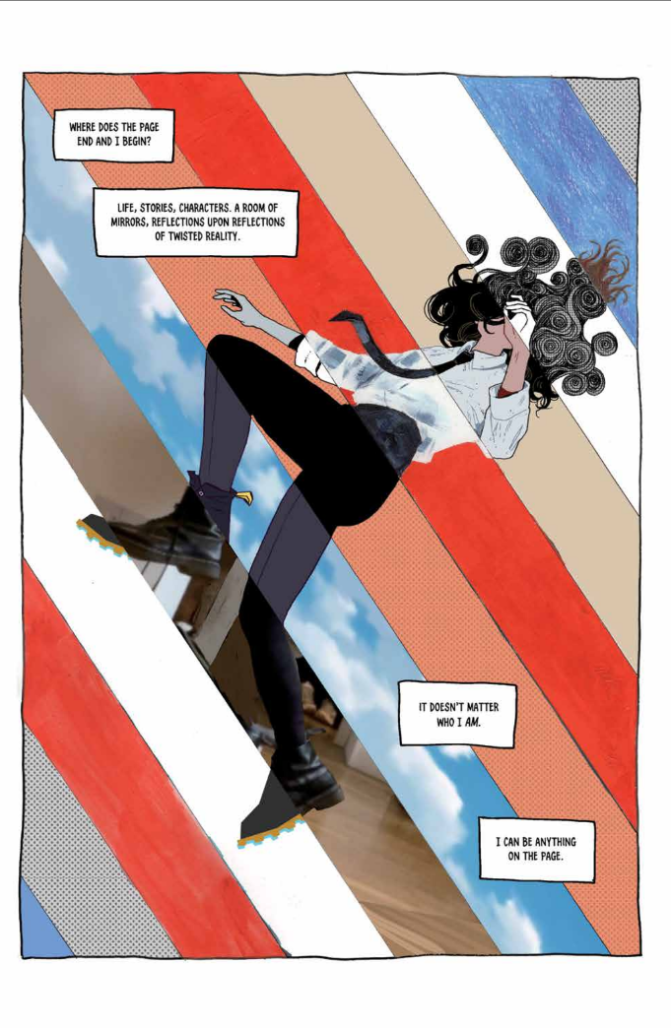
It’s Lonely at the Centre of the Earth’s search for a villain is perhaps the best example of this. Zoe travels to America and has a very complicated encounter with a potential love interest. Her various forms have different ideas about how this should go, from denying its importance all the way to hoping for love at first sight. The reality is that Zoe meets someone who is also living a messy, complicated life, and it’s less about a villain and more about having expectations for reality that don’t always fit inside the world of a story.
These simplified ways to represent life coming face to face with reality underpin Zoe’s search for actual meaning. In the opening of the book, Zoe explains her hatred of mental health slogans, lines like “there are people who care about you.” She describes them as presumptuous, and there’s a limit to a one-size fits all approach to people’s emotions, just like there’s a limit to how universal a story can be.
As Zoe returns from her trip, having reflected on her entire life from childhood to this moment of taking a chance, reaching out to someone and feeling the same complexity of emotions, she ends her story on a self-affirmation. But rather than distill it down into that slogan, that reductive string of words, she articulates how she now sees the difference between impacting a life and feeling a connection, only for her final thought to be cut off.
It’s on the nose, but it’s honest. And I really appreciate the approach where we’re left with something more ambiguous to unpack for ourselves that can’t just be tweeted out in a single sentence. It’s larger, relative to the reader, and emotionally true to Zoe before it’s anything universal. The impact to others is apparent but not universalized. It’s simply what you make of your place in this messy world while reading this book.
It’s Lonely at the Centre of the Earth is perhaps the single best graphic novel of 2022. The landscape of graphic memoirs has certainly grown in the last decade, and this year was no exception as the medium of comics continues to prove its ability to render complex emotional realities in a way that speaks to an ever growing audience. But what makes Zoe Thorogood’s work here stand out is that it feels emotionally resonant without depending on tired narrative structures and inorganic literary allusions. It’s a powerful read that shares so much detail about a person’s life while also demonstrating a mastery of the comics form and taking risks in communicating ideas that are not always easy to understand. The emotional punches here have genuine impact, and they linger long after you put this book down and try to figure out your place in this world.
Check The Beat’s review section for a new graphic novel review every Friday in 2023! And make sure to read TRADE RATING each Thursday for a review of collected material!



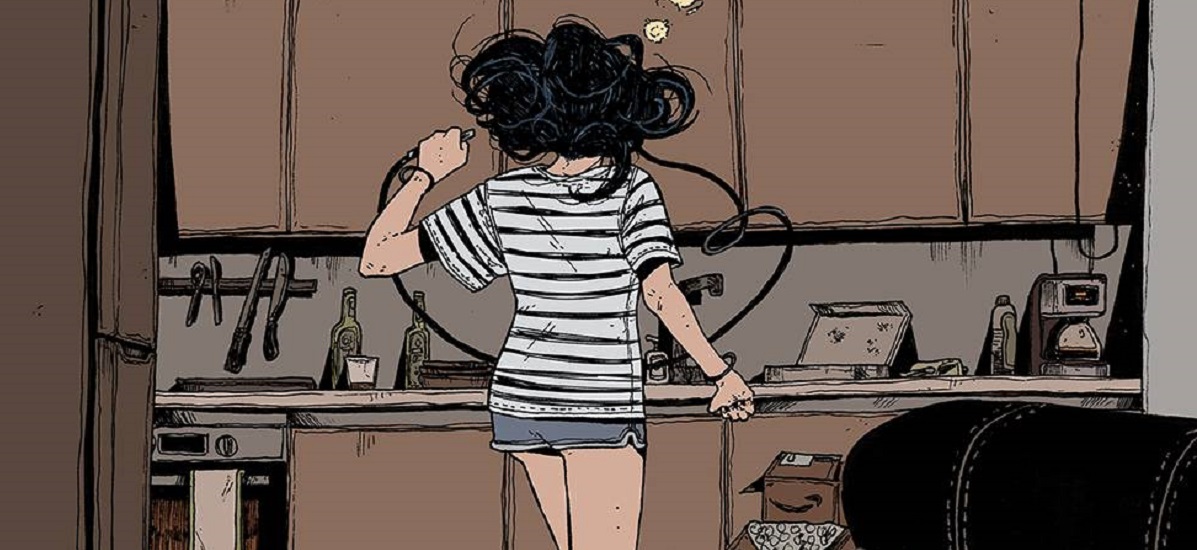
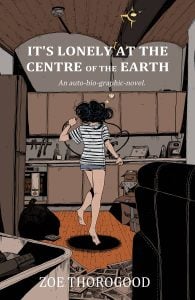
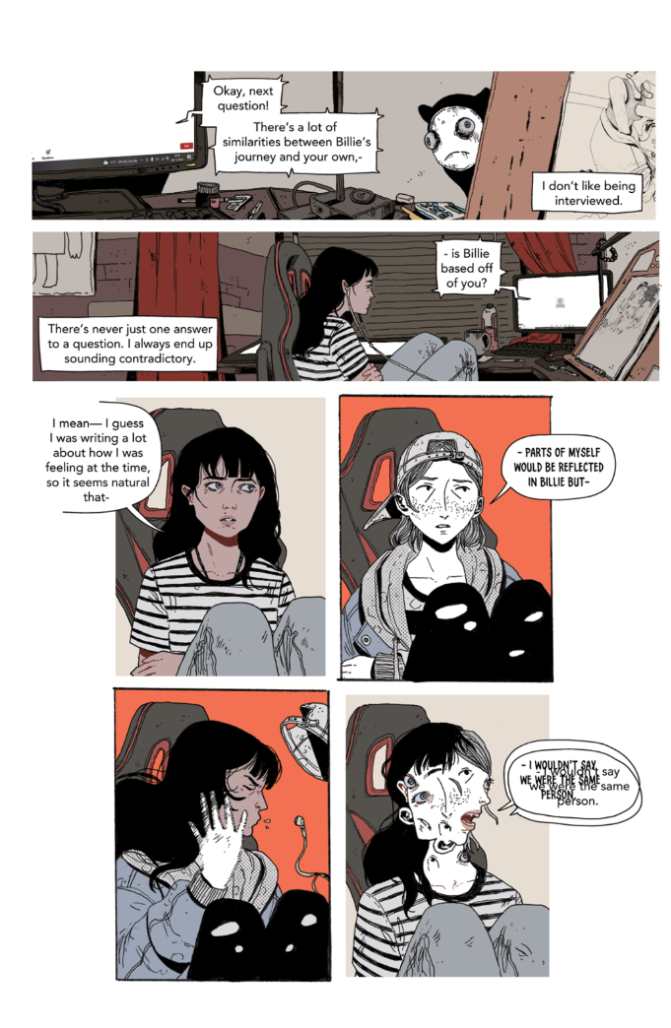
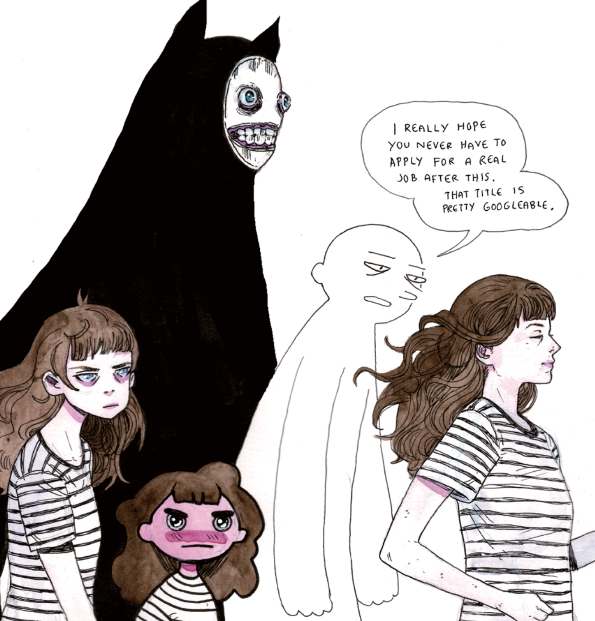
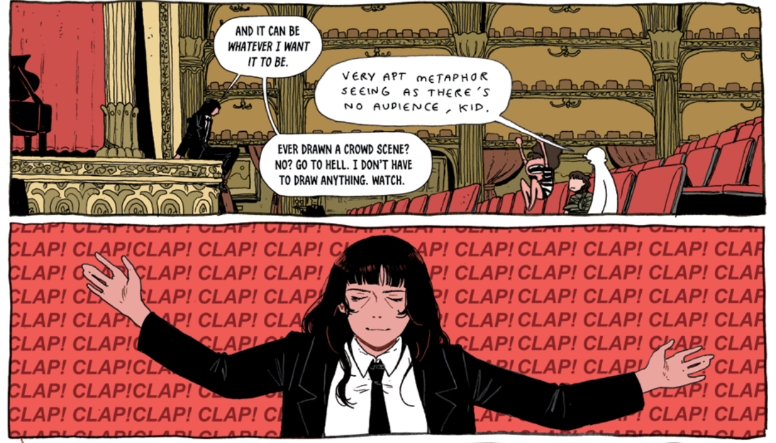
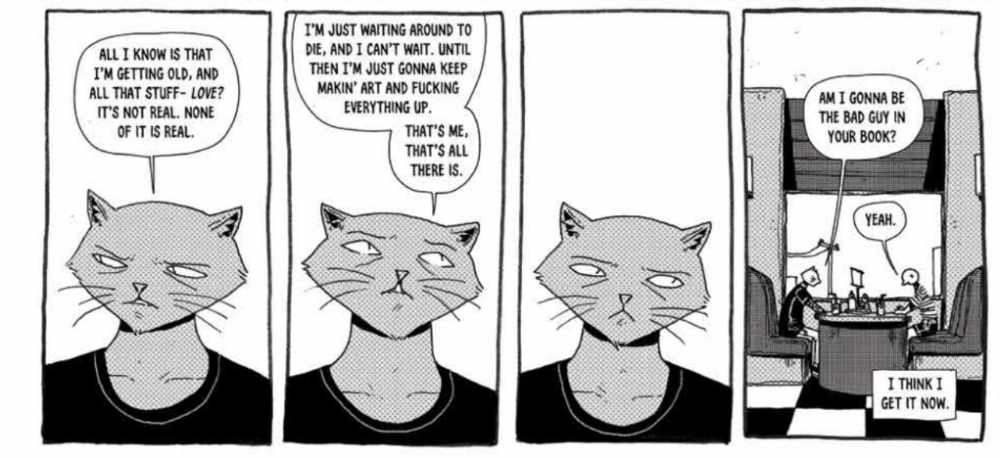
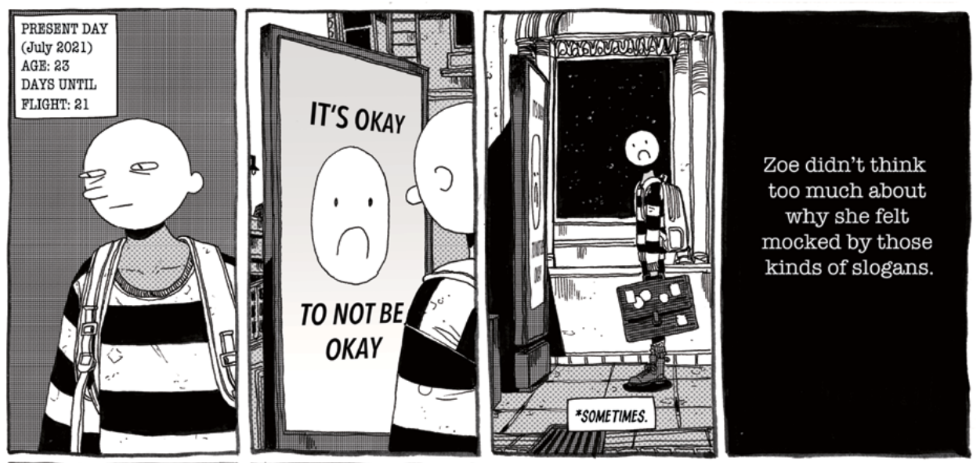
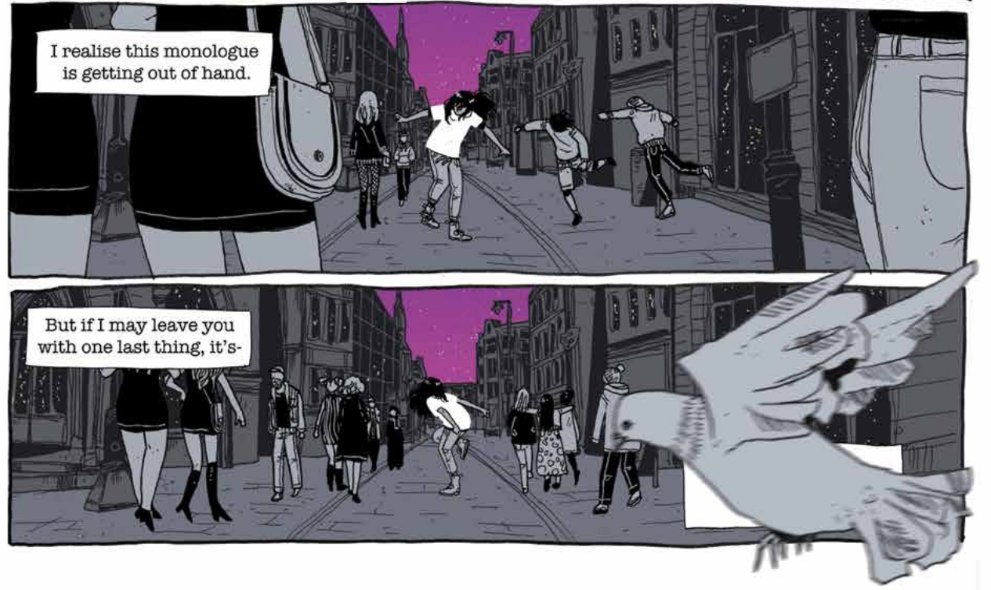
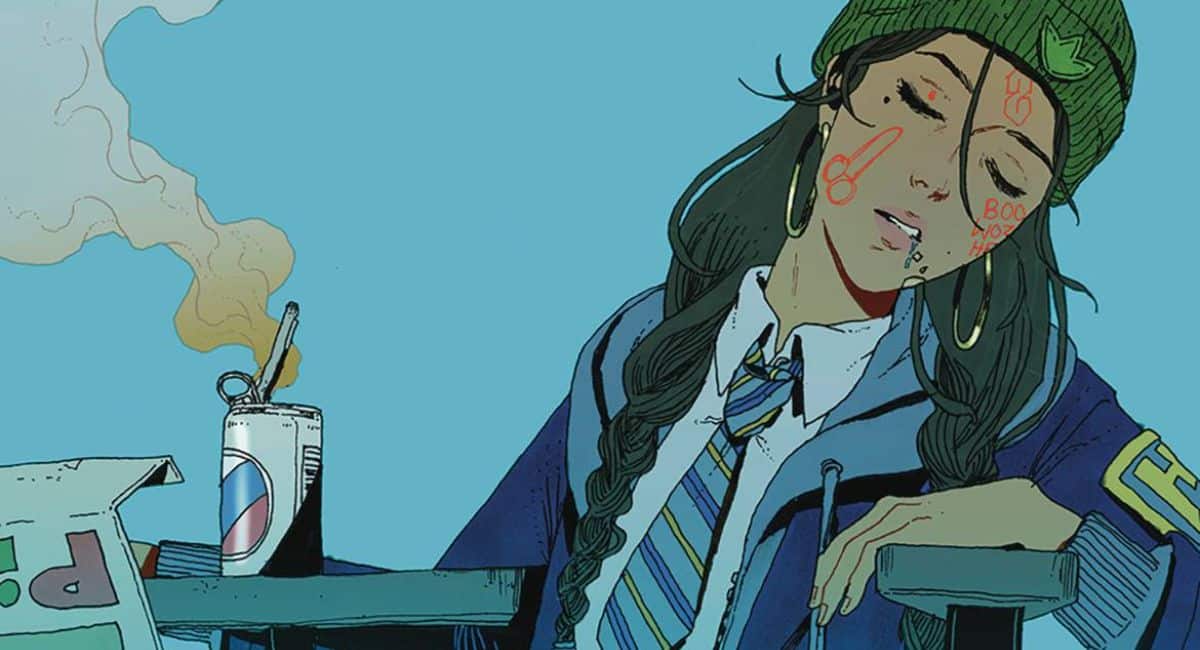








This was one of the best-written reviews I’ve read in a while. Thank you.
This was my 2nd favorite book I read last year and easily my favorite graphic novel of 2022. Wonderful review.
Wow, this was a great review about a great graphic novel, thank you! I’ve included a link to your work in my own article: https://alkony.enerla.net/english/the-nexus/arts/graphic-novel-review/its-lonely-at-the-centre-of-the-earth-graphic-novel-book-image-comics-2022-graphic-novel-review-kadmon
I tried to find the right words to describe this book, but you did it a lot better than I could :)
Comments are closed.